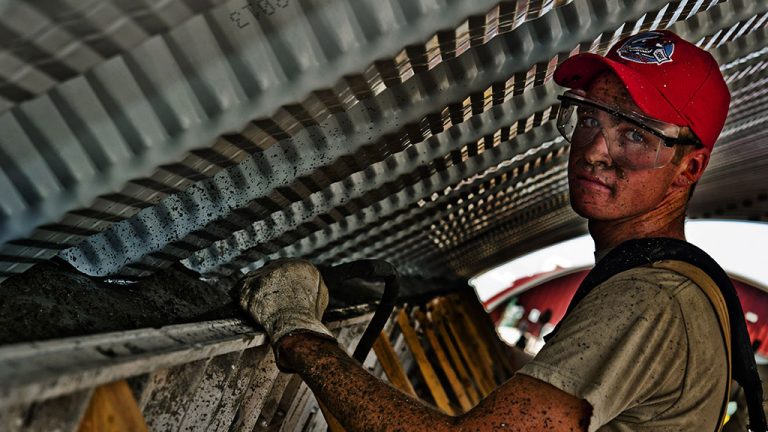Among the specialized training programs offered by the United Brotherhood of Carpenters (UBC) at the Prairie Arctic Trades Training Centre in Saskatoon is Infection Control Risk Assessment (ICRA). The training sessions were delivered to contractors bidding on work for the Royal University Hospital at the University of Saskatchewan.
While ICRA training is important to protect the health of construction workers in a potentially infectious environment, the training focuses primarily on something far more critical — protecting patients, many of them immune-compromised, from infections resulting from construction activities.
A review published in the Journal of Hospital Infection in 2006 examined a series of hospital outbreaks of noscomial aspergillosis, a serious respiratory infection caused by exposure to spores. In more than 49 per cent of outbreaks, construction or demolition work was considered to be the probable or possible source of the outbreak.
Studies such as this inspired the development of the ICRA training program by UBC in 2008. The program was developed in consultation with infection control experts including Andrew Streifel, a renowned hospital environment specialist at the University of Minnesota. ICRA teaches UBC members how to contain pathogens, control airflow, take accurate particulate readings, protect patients and work without disrupting hospital operations.
ICRA training course offerings include a 40-hour train-the-trainer program and a 24-hour member training program. UBC also offers an eight-hour awareness program available to other trades and hospital workers. To date, ICRA training has been completed by more than 28,000 carpenters and 19,000 workers in other trades across North America.
The programs are often specified in bid packages for hospital renovation and construction.
Successful containment means being able to erect a negative air pressure enclosure and using a HEPA filter to scrub the air
— Jim Vodicka
Carpenters International Training Fund
“Infection control and dust control are closely connected,” says Jim Vodicka, technical co-ordinator with the Carpenters International Training Fund.
“Dust particles behave very much like mould and fungus spores, so a protocol used to control dust is also used to control infection.
“In fact infectious materials often cling to dust. Successful containment means being able to erect a negative air pressure enclosure and using a HEPA filter to scrub the air.”
Hospital due diligence includes identifying potential hazards and setting the level of containment they expect from contractors in order to protect patients.
“Particulate counter readings should be taken in the project space before work begins, inside the enclosure and then outside the enclosure,” says Vodicka. “Comparing later readings to that first benchmark will let you know that your control efforts are successful.”
Building materials brought into the premises must be carefully monitored. Any construction materials left outside should be covered or wrapped to prevent them from collecting contaminants, or moisture that might promote the growth of bacteria, mould or fungus. Wrappers should be removed just before the materials are transported indoors.
Any construction work exposed to moisture should be remedied to prevent the growth of mould.
Construction workers should also protect themselves from infection. Vodicka recalls working as a foreman on a remodeling project at a Chicago hospital in 1978.
“I got up one morning and my knee was bothering me,” he says. “By break time it was bothering me so much I had to have the guys help me to the car, so I could get to a doctor. The doctor sent me to a hospital where they told me I had contracted a staph infection so serious that the next 24 hours would be critical as to whether I lived.”
Vodicka later discovered that the area he was remodeling had recently been used as an infectious disease laboratory.
“Today, we would have asked the hospital what the space was used for previously, and whether there were any infectious hazard present,” he says.
“I would also be wearing hand protection, knee pads and possibly a protective mask. While I might have contracted that infection elsewhere, that experience at the hospital inspired me to make sure we do our best not only to protect workers, but at-risk patients. The goal is still to get the job done, but to combine that productivity with consideration for those around us.”











Recent Comments
comments for this post are closed